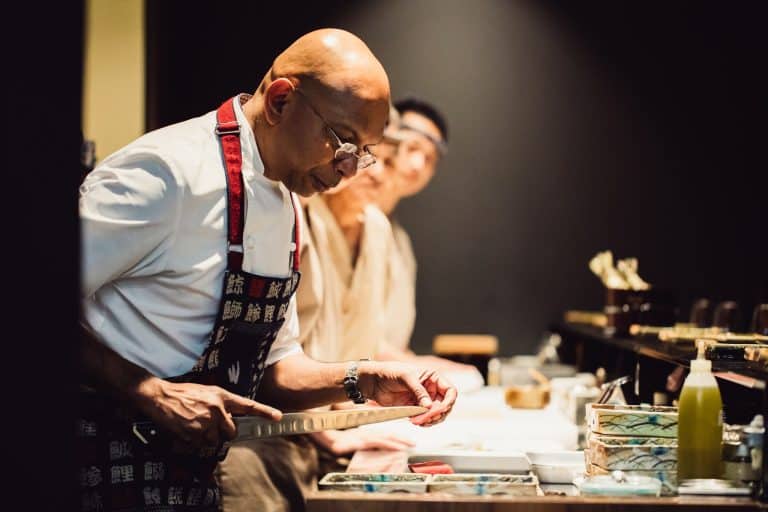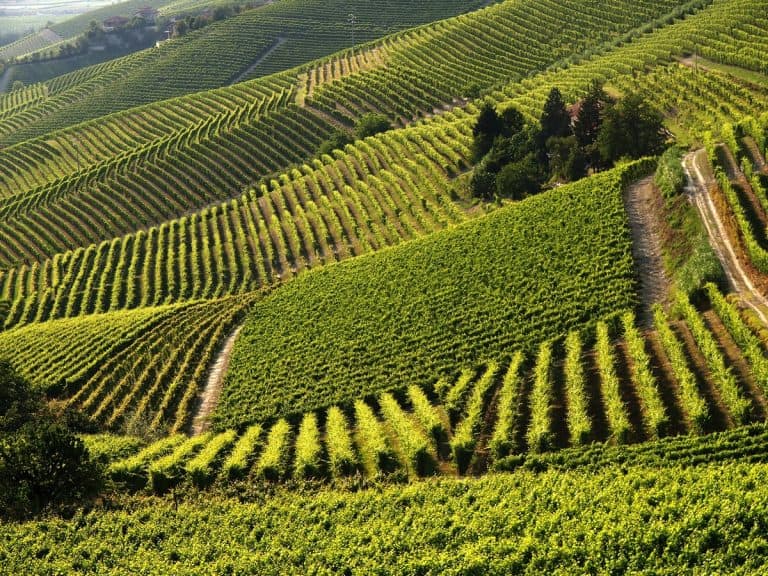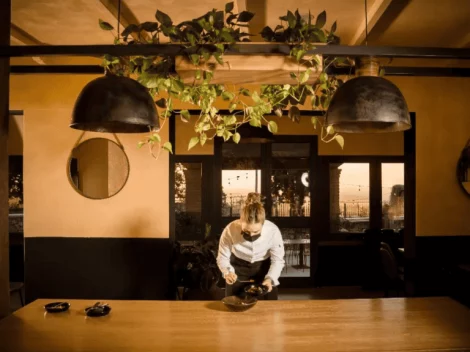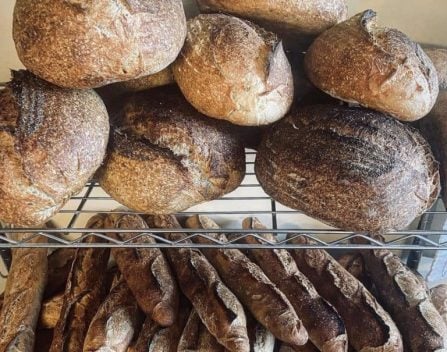The autumn season brings a net change of products on the market stalls, where the first brassica greens such as Savoy and green cabbage begin to appear, vegetables that will accompany us throughout the winter. It is the time of the olive harvest and the end of the grape harvest, but also the season for mushrooms, a unique delicacy that helps us face the first chill.
The mushroom kingdom
Organisms originating from spores, devoid of chlorophyll, so special that from 1817 onwards they belong to a kingdom of their own. The fascinating world of mushrooms - studied by a discipline called mycology - is a complex and multifaceted universe, with a thousand aspects, which includes more than 100,000 known species, edible and otherwise. The history of mushroom cultivation has its roots in ancient times, but not only: many types, thanks to their natural ability to produce antimicrobial molecules, have been used for years in the pharmaceutical field for the production of antibiotics and vitamins. Not to mention their use in agriculture for pest control. But let's get to the kitchen: grilled, fried, shaved raw in salad, in soups or as a condiment for egg-based pasta, each type has an ideal use. Be sure to try them all.
The most common types: champignons, porcini and meadow mushroom
It is impossible to trace a complete overview of all species of mushrooms, but let's try to summarise the main characteristics of the most common ones on the Italian table. Starting with agaricus bisporus, that is the champignon, one of the most marketed in the world, available year round, can be eaten raw or cooked. It is advisable to buy them firm and compact, with their cap free of any dents or stains, and above all well attached to the stem. Then there are the porcini (boletus edulis), which grow in oak, beech and conifer forests as early as late summer until late autumn, with a large brown cap with a fleshy consistency that can reach up to 30 centimetres in diameter and 3 kilograms in weight. No gills in the lower part, but only tubules from which the greenish-yellow spores come out. Then there's the meadow mushroom (agaricus campestris), consumed and appreciated since ancient Roman times, so much so that it is mentioned in the verses of Horace: Pratensibus optima fungis / Natura est; aliis male creditur, or "the meadow mushroom is the best mushroom in nature; we must not trust others." Native to the European and North American prairies, meadow mushrooms give their best if pan seared with olive oil or a little butter.
Caesar's mushrooms, chanterelles, honey mushrooms and shiitake
Amanita caesarea - one of the rarest mushrooms, is eaten raw is salad by gourmands in the know. Food of the gods for the ancient Romans, Caesar's mushrooms don't require excessive humidity, but rather prefer a dry climate, a truly unusual feature for a mushroom. The chanterelle is also excellent (aka galluccio, galletto or gialletto in Italy), with a very different shape compared to the others, irregular and wavy, convex and hollow, yellow-orange in colour. It can also be enjoyed fried or pickled, in any case, its pronounced fleshiness will satisfy even the most demanding palates. Without forgetting the honey mushroom, once called "the asparagus of mushrooms," due to the tasty upper part of the stem and the cap. Armilaria mellea in the scientific wording, the honey mushroom is distinguished by its small size, the slender and unmistakable shape, and the hat with a smooth cuticle; they are edible only after cooking. Finally, the shiitake (lentinus edodes), coming from the Far East and widespread in China since ancient times, with a smooth brown cap and covered, at a young age, with white warts. The name derives from the Japanese terms shii, for oak, and take, mushroom: in fact, in the land of the Rising Sun, it grows spontaneously on the trunks of these trees.
Mushroom crêpes recipe
For the crêpes
125 g flour
¼ l milk
2 whole eggs
1 Tbsp. extra virgin olive oil
Salt
For the filling
500 g porcini mushrooms
1 Tbsp. extra virgin olive oil
1 garlic clove
Parsley
2 Tbsp. dense béchamel
Salt
Pepper
2 Tbsp. butter
Sift the flour into a bowl, add the salt and while whisking, add the milk slowly. Beat the eggs separately and add them to the mixture, mixing well. Let the batter rest for a couple of hours. Put a pan on the heat and film it with olive oil, then pour in a small ladle of batter. Cook over medium heat for a couple of minutes, then flip the crêpe. Stir the batter each time before cooking a new crêpe to prevent the flour from clumping at the bottom of the bowl. Clean the mushrooms by removing the soil in the bottom part of the stem, rub them with a damp cloth, avoiding, if possible, washing them, then slice them thinly. In a pan, brown the lightly crushed whole garlic clove in olive oil, add the mushrooms, parsley, salt and pepper. Cook for 7-8 minutes, stirring often. Mix in the béchamel with mushrooms and divide up the mixture among the crêpes. Fold them in four and place them in a lightly buttered baking dish. Dribble some melted butter on the crêpes and place the pan in the hot oven, bake at 200°C for 10
by Michela Becchi

 All the Milanese restaurants that deserve a Michelin star (and why they still don't have one)
All the Milanese restaurants that deserve a Michelin star (and why they still don't have one) She sold family jewels to produce buffalo mozzarella. The unheard-of (and incredible) story of Lucrezia Borgia
She sold family jewels to produce buffalo mozzarella. The unheard-of (and incredible) story of Lucrezia Borgia The young prodigy who left Michelin-starred restaurants to reopen a small 18-square-meter wine barThe young prodigy who left Michelin-starred restaurants to reopen a small 18-square-meter wine bar
The young prodigy who left Michelin-starred restaurants to reopen a small 18-square-meter wine barThe young prodigy who left Michelin-starred restaurants to reopen a small 18-square-meter wine bar One of the finest coffee shops in Southern Italy closes: it had brought specialty coffee to Pompeii
One of the finest coffee shops in Southern Italy closes: it had brought specialty coffee to Pompeii The Barbera d'Asti and Monferrato Wines Consortium: Guardian of UNESCO's oenological heritage
The Barbera d'Asti and Monferrato Wines Consortium: Guardian of UNESCO's oenological heritage






